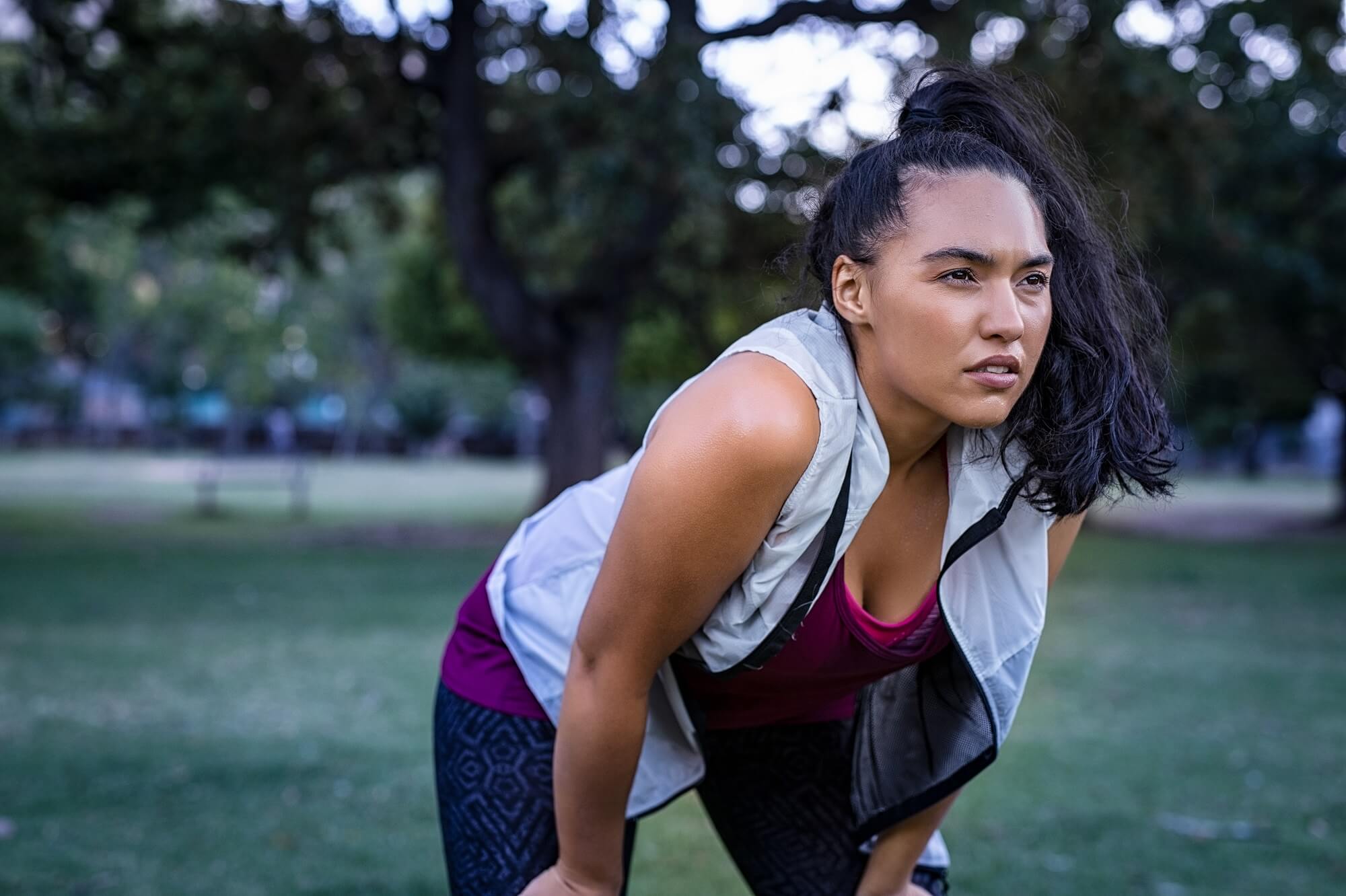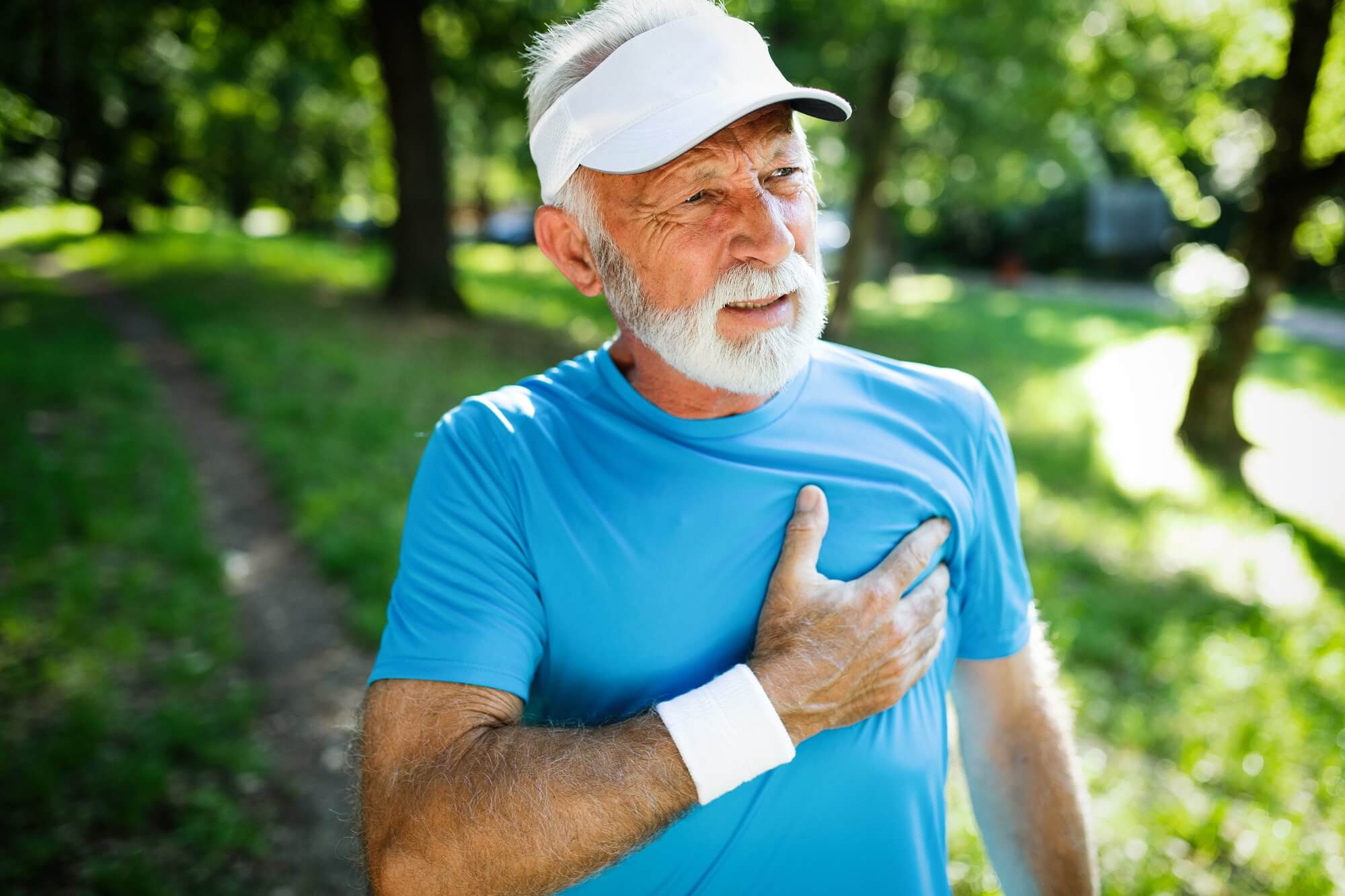 All that tightness in the chests, wheezing, and breathlessness may feel like debilitating symptoms, but countless other people are going through the same thing. In fact, from 20% to 50% of Olympic athletes are living with this particular health problem, statistics show.
It's crucial to get the proper treatment and find the right ways to manage it, to keep the condition under control. Here, we've decided to cover all the valuable information you need on exercise-induced asthma, including the diagnosis, medications, and good fitness options.
All that tightness in the chests, wheezing, and breathlessness may feel like debilitating symptoms, but countless other people are going through the same thing. In fact, from 20% to 50% of Olympic athletes are living with this particular health problem, statistics show.
It's crucial to get the proper treatment and find the right ways to manage it, to keep the condition under control. Here, we've decided to cover all the valuable information you need on exercise-induced asthma, including the diagnosis, medications, and good fitness options.
Exercise-Induced Asthma – What Is It?
Before we can answer the question of what is the best treatment for exercise-induced asthma or EIA for short, you first need to know what you are dealing with. This problematic health condition is triggered by persistent and draining physical activity. Patients who are already experiencing chronic asthma can endure the symptoms as well. But, some people who never had chronic asthma might still experience the signs of EIA.Why Do People Experience Athletic Induced Asthma?
When you are trying to breathe air normally, the first wave will go through the nostrils and give off a warm feeling. The air is supposed to get inhaled through the nose. But, if you breathe through the mouth instead, you become vulnerable to dry and cold air. During workouts, most people breathe through the mouth. This is a common tendency. The more complicated the exercises, the more cold and dry air you are going to breathe in. EIA makes the airway muscles overly sensitive to the cold and dry air. As a result, they begin to contract, making it very difficult to keep breathing, explains WebMD.
What Is the Best Treatment for Exercise-Induced Asthma?
The standard approach for treating this condition is with an albuterol inhaler, which can be taken with a prescription. So, what is the best treatment for exercise-induced asthma, the albuterol inhaler is considered the most practical solution. It's beneficial for 80% of patients, and you can take it anywhere with you.How to Diagnose the Condition?
If you believe you are experiencing severe breathing issues, you should consult with your doctor, advises the Mayo Clinic. They will analyze you with a medical exam. First, they will assess your lungs to rule out any underlying health problems that could be the reason for your symptoms. The doctor will probably use spirometry that will test the way your lungs are working when you are breathing. They will assess the exhaling rate and the amount of air you get when you inhale. With it, they can detect any obstructive abnormalities. Afterwards, you are most likely going to receive an inhaled medication known as the bronchodilator. It's meant to open up the lungs. You may have to re-do the test so that the physician can compare the final measurements.Further Exercise Analysis
If additional testing is necessary, your physician will recommend you use the treadmill. They can use the machine to measure your respiratory rate. This is a typical assessment option that can be used to observe any of the symptoms.
Alternative Analysis
If you are not fit for physical activity, you might have to do an inhalation assessment, which will stimulate the health problem. If you do have an issue with the airways, it will show up on the test. To get the desired results, the doctor will use methacholine. This is a typical inhaling agent that will smooth out the cells in the muscles all around the airways.How Do You Treat Exercise-Induced Asthma?
Exercise-induced asthma treatment will vary for each individual. Depending on your condition, your doctor can suggest meds for long-term management or other pharmaceuticals you can use before an exercise.Meds for Long Term Management
In the case of a chronic condition, the typical exercise-induced asthma medication will be focused on drugs for long-term usage. They will curb the condition and help you manage the symptoms. Such medications are often administered daily, like:• Combination inhalers are designed to loosen up the airways and are often meant to be used before any physical activity. They can provide relief for chest tightness and wheeziness.
• Inhaled corticosteroids are intended to stifle the irritation in the airways. The formula will immediately enter the lungs and hinder any inflammatory functions that result in asthma.
• Leukotriene modifiers are pharmaceuticals usually used in case of allergies. They can stop the leukotrienes, the substances released in the human body from the mast cells that produce airway obstruction, swelling, irritation, or mucus.
Meds Used Before Exercise
Athletic induced asthma treatments for non-chronic cases will focus on minimizing the symptoms and preventing EIA. These medications include:• Ipratropium is a typical medication used to make the airways a little bit wider. That's how it relieves the obstruction in the lungs.
• Short-acting meds help to calm the airway lining and allow it to carry the air with ease. However, a patient could develop tolerance.
How to Handle the Condition and Still Get in Shape?
More than 90% of patients with EIA will experience breathing difficulties 10 minutes after finishing up an exercise. They will then have to rest for half an hour to up to 45 min before the discomfort subsides. To manage it properly, you need to take the following steps:- Avoid triggers (e.g., use a mask to cover the nose if it's cold outside)
- Take the meds before starting a fitness routine.
- Do stretches for a few minutes to warm up the body
- Monitor your breathing
Leave a Comment